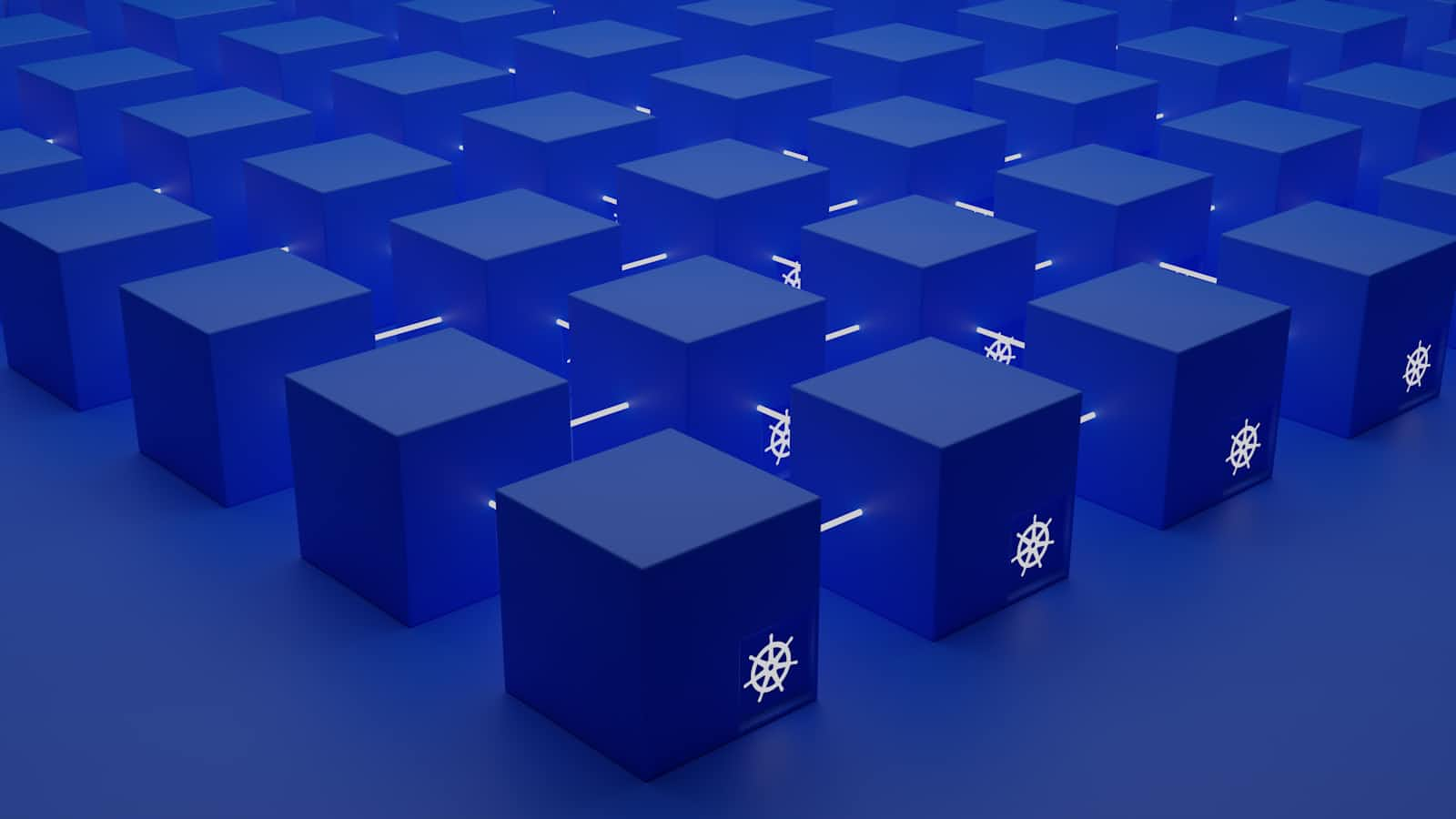Understanding Different Types of Databases: Centralized, Distributed, Relational, and More
 TechReview_SS
TechReview_SSTable of contents
- Understanding Different Types of Databases: Centralized, Distributed, Relational, and More
- Centralized Database
- Distributed Database
- Relational Database
- NoSQL Database
- Cloud Database
- Object-Oriented Databases
- Hierarchical Databases
- Network Databases
- Personal Database
- Operational Database
- Enterprise Database
- FAQs

Understanding Different Types of Databases: Centralized, Distributed, Relational, and More
In today's data-driven world, databases are crucial in storing, managing, and accessing information efficiently. Whether it's a small personal project or a massive enterprise operation, choosing the right type of database is essential. This guide explores various types of databases, highlighting their key features, advantages, and use cases.
Centralized Database
A centralized database stores data at a single central location, making it easily accessible from various places through different applications. These applications have authentication processes to ensure secure data access.
Advantages:
Reduced Data Management Risks: Manipulating data doesn't affect the core database.
Data Consistency: Maintains consistency by managing data in a central repository.
Improved Data Quality: Enables organizations to set and maintain data standards.
Cost-Effective: Requires fewer vendors to handle the data sets.
Disadvantages:
Large Size: Increased response time due to the database's large size.
Update Challenges: It is difficult to update extensive databases.
Single Point of Failure: Server failure can result in complete data loss.
Distributed Database
In contrast to centralized systems, a distributed database spreads data across multiple systems connected via communication links. This setup allows end-users to access data seamlessly.
Types:
Homogeneous DDB: Systems operate on the same OS and use identical application processes and hardware.
Heterogeneous DDB: Systems run on different OS, applications, and hardware.
Advantages:
Modular Development: Easy to expand by adding new computers.
Fault Tolerance: One server failure doesn't affect the entire dataset.
Relational Database
Relational databases store data in rows (tuples) and columns (attributes), forming tables (relations). They use SQL for data storage, manipulation, and maintenance. Invented by E.F. Codd in 1970, relational databases are foundational to many applications.
ACID Properties:
Atomicity: Operations complete fully or not at all.
Consistency: Data integrity is maintained before and after operations.
Isolation: Concurrent transactions remain isolated from each other.
Durability: Once committed, data changes are permanent.
NoSQL Database
NoSQL databases cater to the need to store large, unstructured data sets. Unlike relational databases, NoSQL systems store data in various formats like key-value pairs, documents, graphs, or wide-columns.
Types:
Key-Value Storage: Simplest form, storing data as key-value pairs.
Document-Oriented: Stores data as JSON-like documents.
Graph Databases: Ideal for data represented in graph structures, used commonly in social networks.
Wide-Column Stores: Similar to relational databases data is stored in columns.
Advantages:
High Productivity: No need for structured data storage.
Large Data Set Handling: Efficient for managing vast amounts of data.
Scalability: Highly scalable to meet growing demands.
Quick Access: Fast data retrieval through key-value pairs.
Cloud Database
Cloud databases store data in a virtual environment, leveraging cloud computing platforms. They offer various services like SaaS, PaaS, and IaaS for accessing the database.
Top Platforms:
Amazon Web Services (AWS)
Microsoft Azure
Google Cloud SQL
Kamatera
ScienceSoft
Object-Oriented Databases
Object-oriented databases use an object-based data model, storing data as objects similar to those used in object-oriented programming languages. This approach allows for more complex data representation.
Hierarchical Databases
Hierarchical databases store data in a tree-like structure with parent-child relationships. Each child record has one parent, but parents can have multiple children.
Network Databases
Network databases use a network data model, representing data as nodes connected via links. Unlike hierarchical databases, they allow multiple parent and child nodes, forming a generalized graph structure.
Personal Database
Personal databases are designed for single users, storing data on the user's system. They are simple, easy to handle, and occupy less storage space.
Operational Database
Operational databases are designed for real-time data creation and updates. They handle daily operations and transactions for businesses, ensuring efficient data management.
Enterprise Database
Enterprise databases manage vast amounts of data for large organizations, improving efficiency and supporting multiple processes and parallel queries.
Advantages:
Supports Multiple Processes: Enables parallel query execution.
Improves Efficiency: Helps organizations manage data more effectively.
FAQs
What is the main advantage of a centralized database?
A centralized database maintains data consistency and quality, reducing data management risks.
How do distributed databases handle server failures?
In distributed databases, server failures do not affect the entire dataset due to data distribution across multiple systems.
What are the ACID properties in relational databases?
ACID properties include Atomicity, Consistency, Isolation, and Durability, ensuring reliable transactions.
Why choose a NoSQL database?
NoSQL databases handle large, unstructured data sets, offering high scalability and quick data access.
What makes cloud databases unique?
Cloud databases operate in virtual environments, providing flexible and scalable cloud computing services. In conclusion, understanding the different types of databases and their unique features helps you choose the right database for your specific needs. Whether it's a centralized database's consistency, NoSQL's scalability, or cloud databases' flexibility, each type offers distinct advantages to optimize data management.
Subscribe to my newsletter
Read articles from TechReview_SS directly inside your inbox. Subscribe to the newsletter, and don't miss out.
Written by
TechReview_SS
TechReview_SS
Sharing about tech - reviews, comparisons, customizations of products.